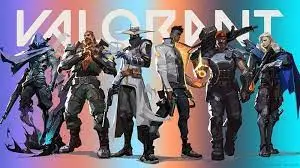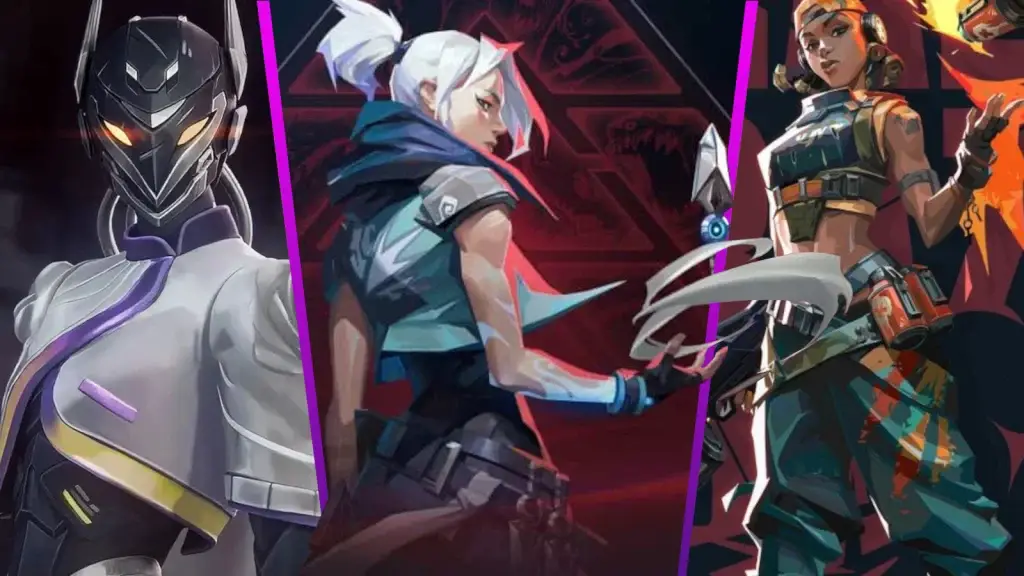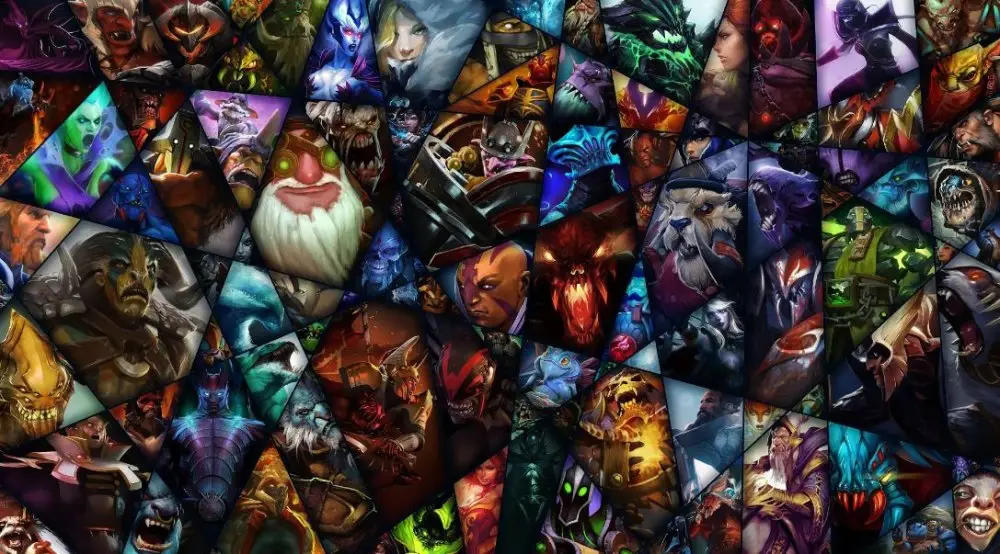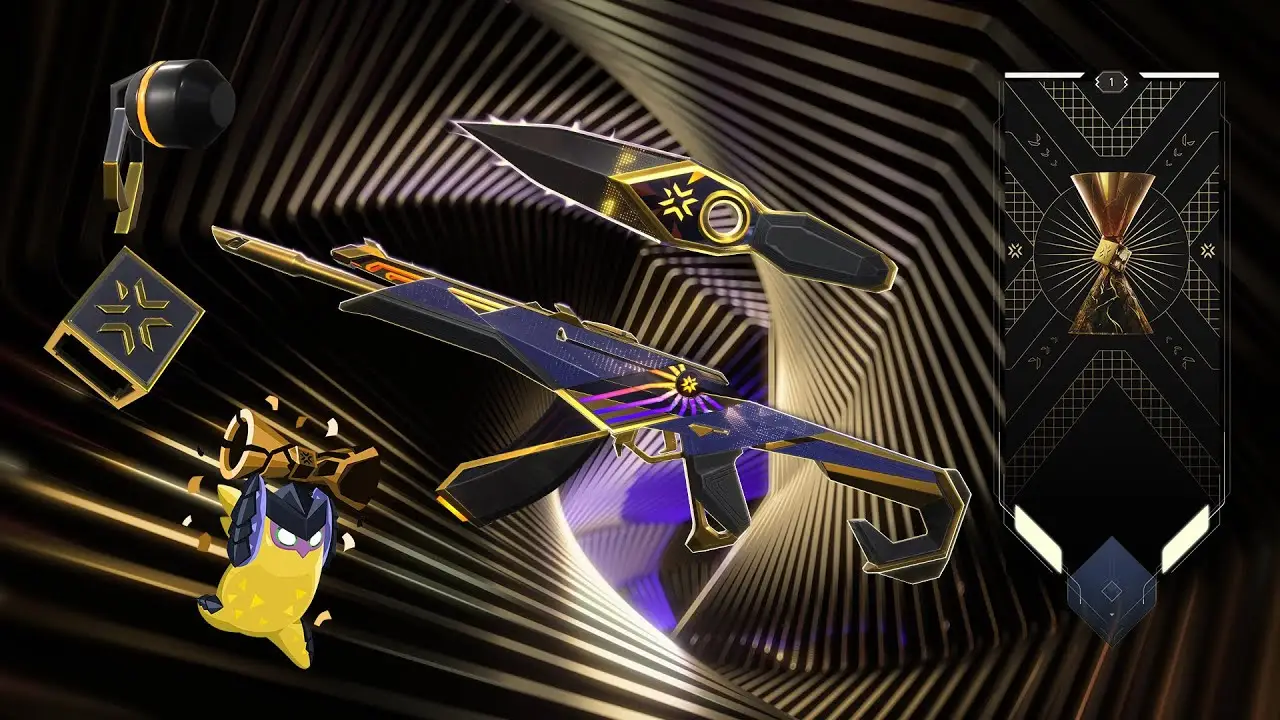Valorant transports players into a dynamic space where every second influences the outcome of a round. Beginners are not confronted with a single mechanic, but with dozens at once: shooting, economy, team coordination, micro-positions, and skill management. To make getting started easier, it is important to choose the right character. The best Valorant agents for beginners are not the most spectacular ones, but those that help you understand the mechanics of the map, the movements of the team, and the nature of interaction.
Why choosing the right agent is crucial for beginners
Every decision an agent makes influences the perception of the game. A bad start can lead to bad habits: aggression without information, advances without cover, pointless trades. The best Valorant agents for beginners allow you to focus on the basics – position, targeting, synchronisation with teammates – while contributing to the overall strategy.
Features of a suitable hero:
- Simple, intuitive abilities without the need for micromanagement.
- The ability to influence the game in every round (not just with the Ulta).
- Supporting the team through control, reconnaissance or healing.
- No dependence on precise timing coordination.
Role categories: How to choose the best Valorant agent for beginners?
 Before making a choice, it is important to understand how the roles in the game are structured. The best Valorant agents for beginners usually represent classes with simple functions and sustainable benefits, regardless of the player’s level.
Before making a choice, it is important to understand how the roles in the game are structured. The best Valorant agents for beginners usually represent classes with simple functions and sustainable benefits, regardless of the player’s level.
Types of roles:
- Duelist – initiates, makes initial contact, requires precise shooting and an understanding of risks.
- Controller – restricts vision, cuts off space, ensures a safe exit.
- Initiator – reveals positions, provides information to teammates, plays via reconnaissance.
- Guardian – protects, holds the zone, works with traps and slowing.
The starting five: universal solutions
The best Valorant agents for beginners, making it easier to get started, promoting understanding of the game and minimising mistakes:
- Sage (Guardian). Access to healing, reviving, erecting a wall and a slowdown zone. Suitable for developing team play, room control and point control. Does not require perfect reaction, compensates for allies’ mistakes.
- Brimstone (Controller). The smoke screen falls exactly on the mini-map. Minimal mechanical actions – maximum control over the map. The ult blocks the bomb and blocks passages. Allows beginners to focus on positioning.
- Killjoy (Guardian). Trap, turret, slowing pulse. The game revolves around defence. The turret provides information. Strong positional play. Ideal for learning the principles of defence and space control.
- Skye (Initiator). Masters reconnaissance, healing and lightning. Has a flexible set, but requires moderate coordination. Teaches beginners to observe allies and open rounds based on information.
- Phoenix (Duelist). Simple abilities: lightning, wall, self-healing. Ideal for players who want to develop their aggressiveness without getting lost in complicated combinations. Mistakes are forgiven, the style is active.
Principles of interaction: how abilities work for the team
The best Valorant agents for beginners are not distinguished by individual actions, but by their contribution to the overall game advantage. Each round does not require a hero, but a link in the system. The abilities in Valorant reinforce team play, control the map, and create a favourable moment for conquest, defence, or taking the initiative. It is a mistake to consider abilities as a substitute for weapons. The correct approach is to use them as a coordination mechanism.
The influence of abilities on the course of a round:
Control zone. Abilities create virtual boundaries. A wall or smoke changes the map, restricts passageways and forces the enemy to change their route.
Time. Even a second gained by slowing down or distracting the enemy can determine the outcome. Abilities control time: they force the enemy to wait and delay their planned actions.
Information. Reconnaissance is the basis of strategy. Blinding, noise, pinging, voice contact with the agent — everything works as a data collection system.
Distracting attention. The presence of a trap, turret, drone or clone forces the enemy to distract themselves, reducing their accuracy or slowing their movement.
Scenario applications:
- Holding a point – Killjoy sets up a turret and a trap, the enemy is slowed down, loses momentum, allies take up their positions.
- Attacking the point – Brimstone covers two lines of fire with smoke, Skye uses a flashbang – and the team advances without taking damage.
- Counter-initiative – Sage blocks the path with a wall, the slowdown breaks the rhythm, the enemy retreats and leaves space.
- Reteak – Phoenix uses a flashbang, drawing attention to himself while the second player emerges from the background.
- Fake and distraction – Smoke and a turret at one point feign an attack while the team works on the other side.
Mistakes when learning: typical pitfalls for beginners
Even the best Valorant agents for beginners are useless if the player ignores the context of the battle. Each hero has a set of actions that require a precise understanding of the situation. The main mistake is trying to play a single-player shooter and forgetting the common task.
Aggressive style in unsuitable roles
A beginner chooses a duelist, cannot retreat in time, does not wait for support, and rushes forward as if participating in a kill race. This approach leads to a bad habit – ignoring the macro game. Even an agent with an aggressive profile requires conscious movements, synchronisation with flashes, and knowledge of economics.
Mechanical exploitation of abilities
Sage builds a wall just because the round has started. Killjoy places the turret in the first spot that comes to mind. Phoenix throws a flash without checking the angle. All of these are chaotic actions without understanding the goal. The ability to use abilities for a specific task is a skill that can only be developed with a conscious approach.
Inattention to the mini-map and sounds
The map constantly transmits information: pings, sound waves, movements of allies. The best Valorant agents for beginners only reach their potential when the player reads the room. Who is pushing, who is waiting, who is staying in the background – all of this is visible. Ignoring information turns even a strong agent into a nobody.
Abandoning the support role
Many beginners find support boring. They prefer to shoot rather than heal or set traps. This leads to an imbalance: the team has four duelists without smoke, without healing, without control. The result is failed attacks, loss of initiative and an inability to hold points.
How to minimise mistakes: the step-by-step learning method
The best Valorant agents for beginners require step-by-step learning. Mistakes are inevitable, but with the right learning structure, they become lessons.
Steps:
- Focus on one role – the beginner selects an agent and plays at least 20 games in a row, tracking each use of the ability.
- Analyse the applications – after each game, an analysis is carried out: which abilities worked, which didn’t, and why?
- Transition to map reading – the agent remains the same, but the focus shifts to the map: where to place it, at what time, how not to hinder allies.
- Communication with the team – the player learns to coordinate their abilities: ‘I’ll smoke in 3 seconds’, ‘I’ll cover the right’, ‘I’ll heal after the attack’.
- Combinations with others – the next level is synchronisation: flash + pass, heal + swap, tower + angle.
How to choose the best Valorant agent as a beginner
 The best Valorant agents for beginners do not work on effects, but on progress. They teach you to observe, understand, and feel the map and the pace. The heroes do not require highlights, but form the foundation on which the entire competitive structure of the shooter is built. The right choice accelerates growth, prevents burnout, and transforms an ordinary gaming platform into a learning platform.
The best Valorant agents for beginners do not work on effects, but on progress. They teach you to observe, understand, and feel the map and the pace. The heroes do not require highlights, but form the foundation on which the entire competitive structure of the shooter is built. The right choice accelerates growth, prevents burnout, and transforms an ordinary gaming platform into a learning platform.
 en
en  de
de  ar
ar  es
es  nl
nl  hi
hi  fr
fr  it
it  pt
pt  el
el 










